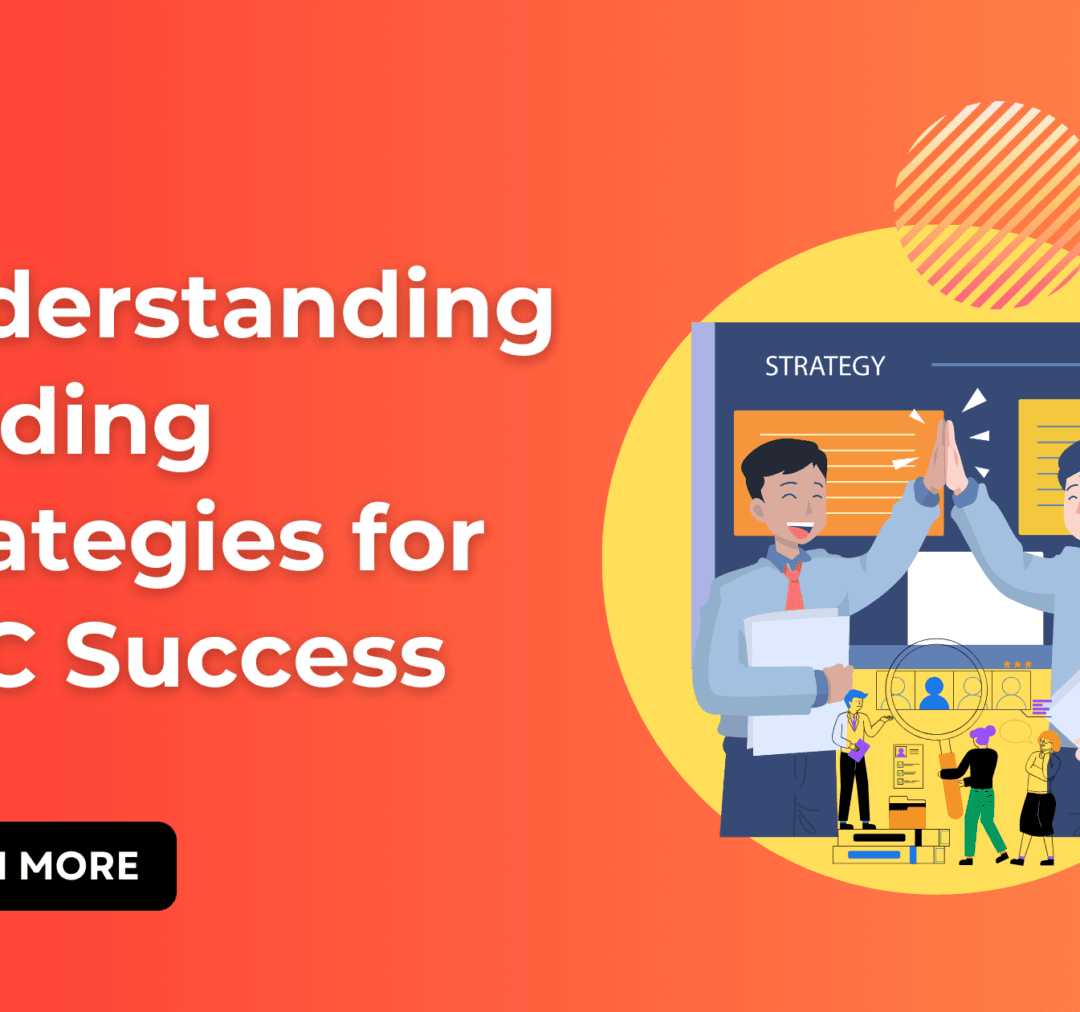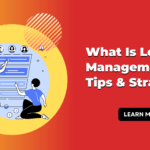In today’s competitive digital landscape, Pay-Per-Click (PPC) advertising has become one of the most effective ways for businesses to drive targeted traffic and generate leads. However, the success of any PPC campaign largely depends on selecting the right bidding strategy. A well-optimized bidding strategy ensures that your ads get maximum visibility while maintaining cost efficiency.
In this in-depth guide, we’ll explore everything you need to know about bidding strategies for PPC, their types, how to choose the right one, and advanced tips to improve your ad performance. Whether you’re a beginner or an experienced marketer, this comprehensive guide will help you make informed decisions to maximize your Google PPC strategies.
What Is a Bidding Strategy in PPC?

A bidding strategy in PPC advertising refers to how advertisers set the price they’re willing to pay for a click, impression, or conversion. The right bidding strategy helps control costs while ensuring your ads reach the right audience.
Each bidding strategy is designed to achieve a specific goal, such as:
- Maximizing clicks to drive traffic.
- Maximizing conversions for better ROI.
- Setting a specific return on ad spend (ROAS).
- Increasing brand awareness by maximizing impressions.
Choosing the right bidding strategy is crucial because it directly impacts your ad performance, ad rank, and return on investment (ROI).
Why Is Bidding Strategy Important in PPC?
A well-optimized bidding strategy can make a significant difference in your ad performance. Here’s why it matters:
- Optimizes Ad Spend – Ensures that your budget is spent efficiently.
- Improves Ad Rank – The right bidding strategy helps your ad appear higher in search results.
- Maximizes Conversions – Helps you achieve better lead generation and sales.
- Enhances Cost Control – Prevents unnecessary spending and keeps your CPC (Cost-Per-Click) in check.
- Aligns With Business Goals – Whether you want brand awareness or conversions, the right bidding strategy helps meet your objectives.
Now, let’s dive into the different bidding strategies for PPC and how to use them effectively.
Types of Bidding Strategies for PPC
Google Ads offers several bidding strategies for PPC, depending on your campaign goals. Below are the most effective ones:
1. Manual CPC (Cost-Per-Click) Bidding
Manual CPC is a bidding strategy where you manually set the maximum CPC bid for each keyword. This gives advertisers full control over their bids.
Pros:
- Provides complete control over spending.
- Helps adjust bids for high-performing keywords.
- Useful for advertisers with limited budgets.
Cons:
- Requires constant monitoring and adjustments.
- Can be time-consuming.
Best For:
- Small businesses or advertisers with a limited budget.
- Campaigns that require precise bid adjustments.
2. Enhanced CPC (ECPC)
Enhanced CPC is a semi-automated bidding strategy where Google automatically adjusts bids based on the likelihood of conversion. If a click is more likely to lead to a conversion, Google increases the bid.
Pros:
- Combines manual bidding with Google’s AI.
- Helps improve conversions while maintaining some control.
Cons:
- Requires conversion tracking to be effective.
- Can lead to higher CPCs.
Best For:
- Advertisers looking for a balance between manual and automated bidding.
- Campaigns with conversion tracking in place.
3. Maximize Clicks
Maximize Clicks is an automated bidding strategy that aims to get the highest number of clicks within your budget.
Pros:
- Great for driving traffic quickly.
- Works well for awareness campaigns.
Cons:
- Doesn’t focus on conversion quality.
- Can lead to wasted ad expenditure on irrelevant clicks.
Best For:
- Businesses looking to increase website traffic.
- New advertisers testing Google Ads.
4. Maximize Conversions
With Maximize Conversions, Google adjusts bids to get the highest number of conversions within your budget.
Pros:
- Uses AI to optimize bids for conversions.
- Eliminates the need for manual adjustments.
Cons:
- Requires sufficient conversion data to be effective.
- Can be expensive if not monitored properly.
Best For:
- Businesses focused on generating leads or sales.
- Advertisers with a flexible budget.
5. Target CPA (Cost-Per-Acquisition)
Target CPA is an automated bidding strategy that sets bids to help you get as many conversions as possible at your desired CPA.
Pros:
- Ideal for performance-driven campaigns.
- Helps control acquisition costs.
Cons:
- Requires historical conversion data.
- Can be inefficient if the target CPA is set too low.
Best For:
- Lead generation and e-commerce businesses.
- Campaigns with well-defined conversion goals.
6. Target ROAS (Return on Ad Spend)
Target ROAS is a bidding strategy where Google sets bids to maximize conversion value while achieving a specified ROAS.
Pros:
- Focuses on revenue rather than just conversions.
- Works well for businesses with high transaction values.
Cons:
- Requires extensive historical data.
- Can be complex to manage.
Best For:
- E-commerce stores with different product price points.
- Advertisers with strong conversion tracking.
7. Target Impression Share
This bidding strategy focuses on increasing ad visibility. Google adjusts bids to ensure your ad appears at the top of search results a certain percentage of the time.
Pros:
- Increases brand awareness.
- Useful for competitive industries.
Cons:
- Doesn’t prioritize conversions.
- Can be costly if not monitored.
Best For:
- Brand awareness campaigns.
- Businesses looking to dominate search results.
Common PPC Bidding Mistakes to Avoid
1. Ignoring Conversion Tracking
Without proper conversion tracking, Google’s automated bidding strategy won’t function effectively. Ensure that your tracking is set up correctly to measure performance, optimize bids, and maximize your ad spend for better ROI.
2. Using the Wrong Bidding Strategy
Choosing the wrong bidding approach can lead to a waste of money. For example, Maximize Clicks may drive traffic but won’t ensure conversions. Align your strategy with campaign goals like Target CPA for conversions or Target ROAS for revenue growth.
3. Not Adjusting for Device & Location
PPC performance varies across devices and locations. Not optimizing bids based on where and how users interact with your ads can lead to inefficient spending. Regularly analyze data and adjust bids for mobile, desktop, and regional variations.
4. Not Monitoring Performance Regularly
PPC campaigns need continuous monitoring and adjustments. Failing to review ad performance can lead to wasted budget and missed opportunities. Set up weekly or bi-weekly performance checks to optimize bids and improve overall campaign results.
Advanced PPC Management Tips for Better Results
If you want to succeed in PPC advertising, consider these advanced management PPC techniques:
- Use Negative Keywords: Negative keywords help filter out irrelevant traffic, saving your budget.
- A/B Test Different Bidding Strategies: Experiment with multiple bidding strategies for PPC to find the best-performing one.
- Optimize Your Landing Pages: A well-optimized landing page improves conversions, regardless of your bidding strategy.
- Adjust Bids Based on Performance: Analyze your highest and lowest-performing keywords and adjust bids accordingly.
- Monitor Competition: Check what bidding strategies for PPC your competitors are using and refine your approach.
Conclusion
Mastering the right bidding strategy is essential for running successful PPC campaigns. Whether you aim to drive traffic, increase conversions, or maximize return on ad spend, choosing the right Google PPC strategies will determine your success. Avoid common mistakes like ignoring conversion tracking, selecting the wrong bidding strategy, and failing to optimize for devices and locations. PPC requires continuous monitoring and adjustments to get the best results.
At Prashantji Services, the best PPC company in Delhi, we specialize in crafting data-driven bidding strategies for PPC to maximize ROI. Our expert team ensures your ad spend is optimized for the highest performance. Contact Prashantji Services today!








